How Can You See Soil Health?
Many soil health measures require laboratory analysis. However, there are a few indicators you can look and smell for right in the field.
Soil health is often defined as “the continued capacity of the soil to function as a vital, living ecosystem that sustains plants, animals and humans.”
We often think of soil health management as a new strategy, but it’s not. Healthy soils, with effective nutrient and hydrologic cycles, were functioning well before man decided to manage them. Agriculture in the early 1900s tended to focus more on plowing up the prairie soils with industrial technology and machinery rather than focusing on the soil’s ecology. At the time, soils were largely viewed as a medium for growing crops.
The Dust Bowl of the 1930s changed perceptions of soil and its importance to our work and lives. For instance in 1949, Aldo Leopold in A Sand County Almanac said, “Land, then, is not merely soil; it is a fountain of energy flowing through a circuit of soils, plants and animals.” Leopold went on to state, “When we see land as a community to which we belong, we may begin to use it with love and respect.”
Much has changed in how we view the soil today. We realize now that soil is living, and we’re working to learn more about its biological components. What has not changed is our responsibility as land stewards, and that process starts with how we see the soil.
You can use the following indicators of soil health on any farm with just a shovel, your eyes and your nose.
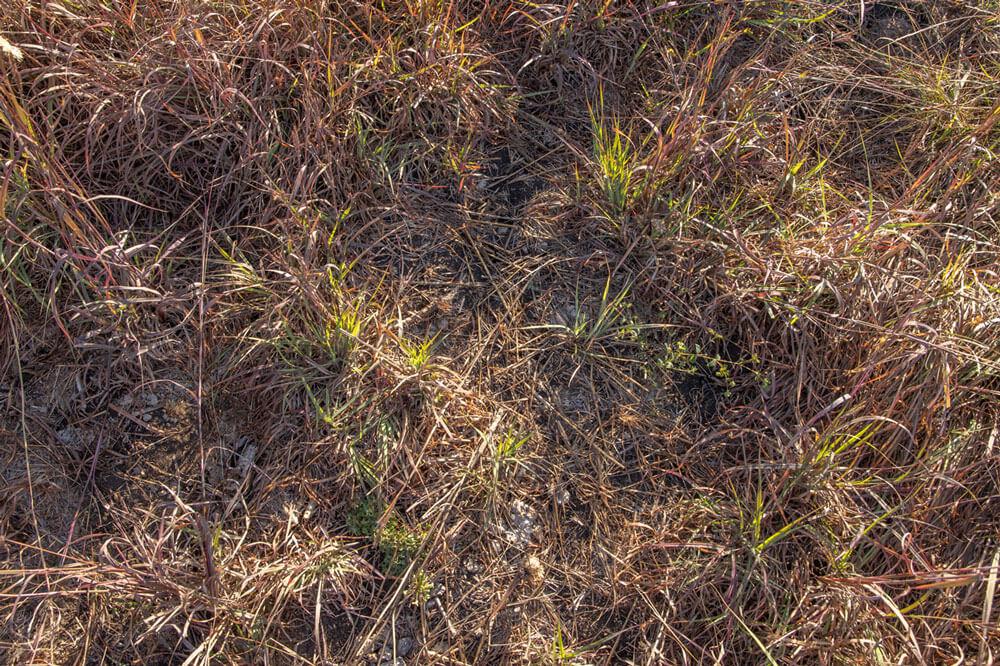
Soil Cover
Soil cover is possibly one of the most important indicators of soil health. Bare soil is a sign that none of the ecosystem processes are working correctly. If the ecosystem processes aren’t working correctly, the soil won’t be healthy.
Soil cover can be evaluated in many ways, but the simplest is to look straight down at the soil surface and see if it is covered or bare.
Soil could be covered in some important ways. The best way is by green plants. However, the surface could also be covered with dormant or dead plants, plant residue, manure or even rock. As soils get healthier, more of the surface will be covered with green, growing plants.
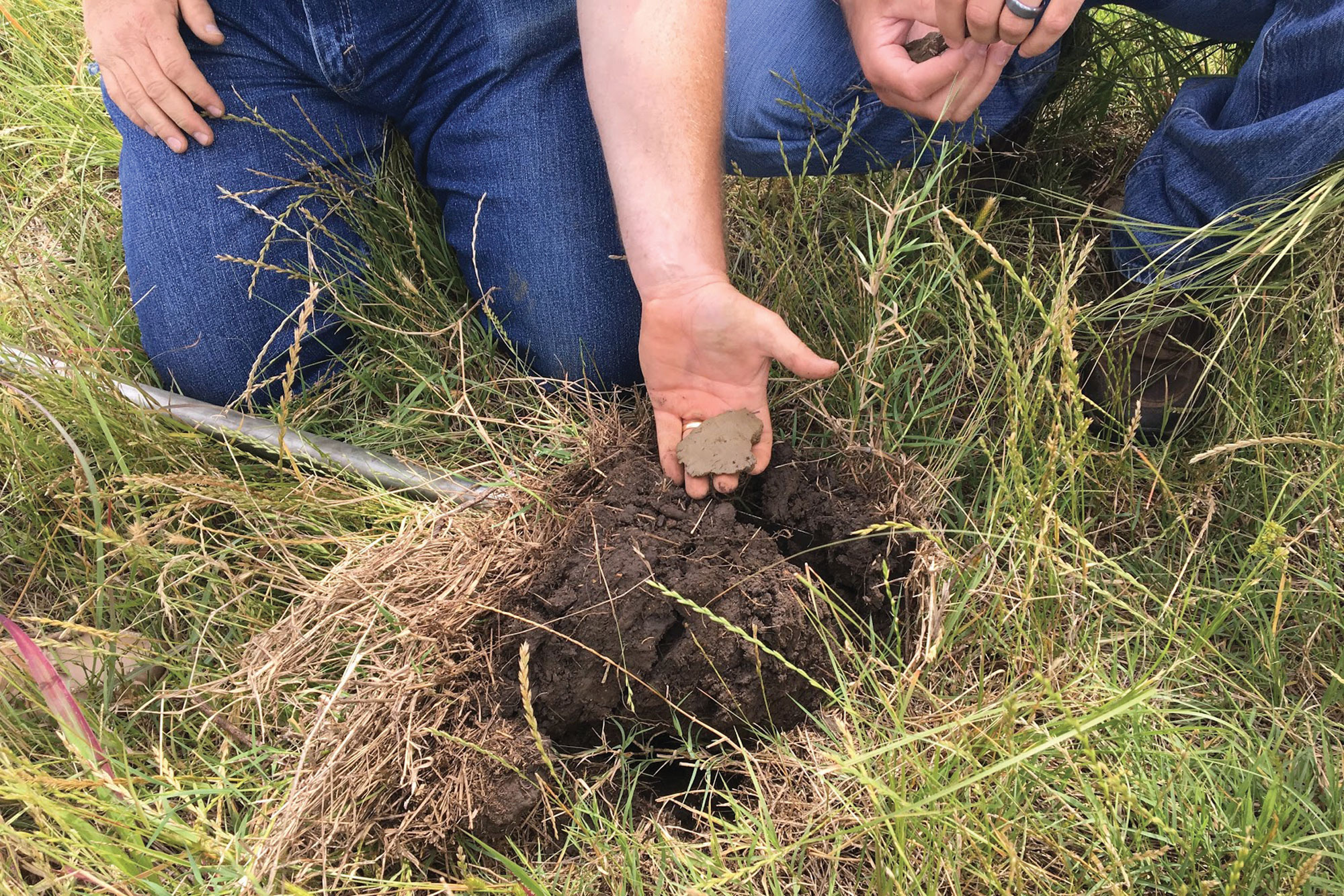
Soil Color
Soil color provides a tremendous amount of information. Soil color can tell us the amount and state of organic matter and iron oxide, age, and other physical processes. In general, the darker the soil, the higher the organic matter content. Soil is typically darkest in the uppermost layers of the soil profile, and it lightens as depth increases. Soil organic matter and soil organic carbon are primary drivers in biologically active soil systems. In some cases, the dark color can be due to the presence of reduced iron and manganese in our deep prairie soils.
Today, we use soil color to not only gain a general sense of organic matter but to classify soils across the globe with a standard soil color system. Albert H. Munsell first standardized the soil color system as we know it today based on a system with three components: hue, value and chroma. It was primarily standardized for use in industry as a way for companies to order standard, consistent colors for materials. The U.S. Department of Agriculture later adopted the Munsell system as its official classification of soil colors. Following much success in its use by soil scientists, the USDA later helped develop the industry-standard Munsell Soil Color Book.
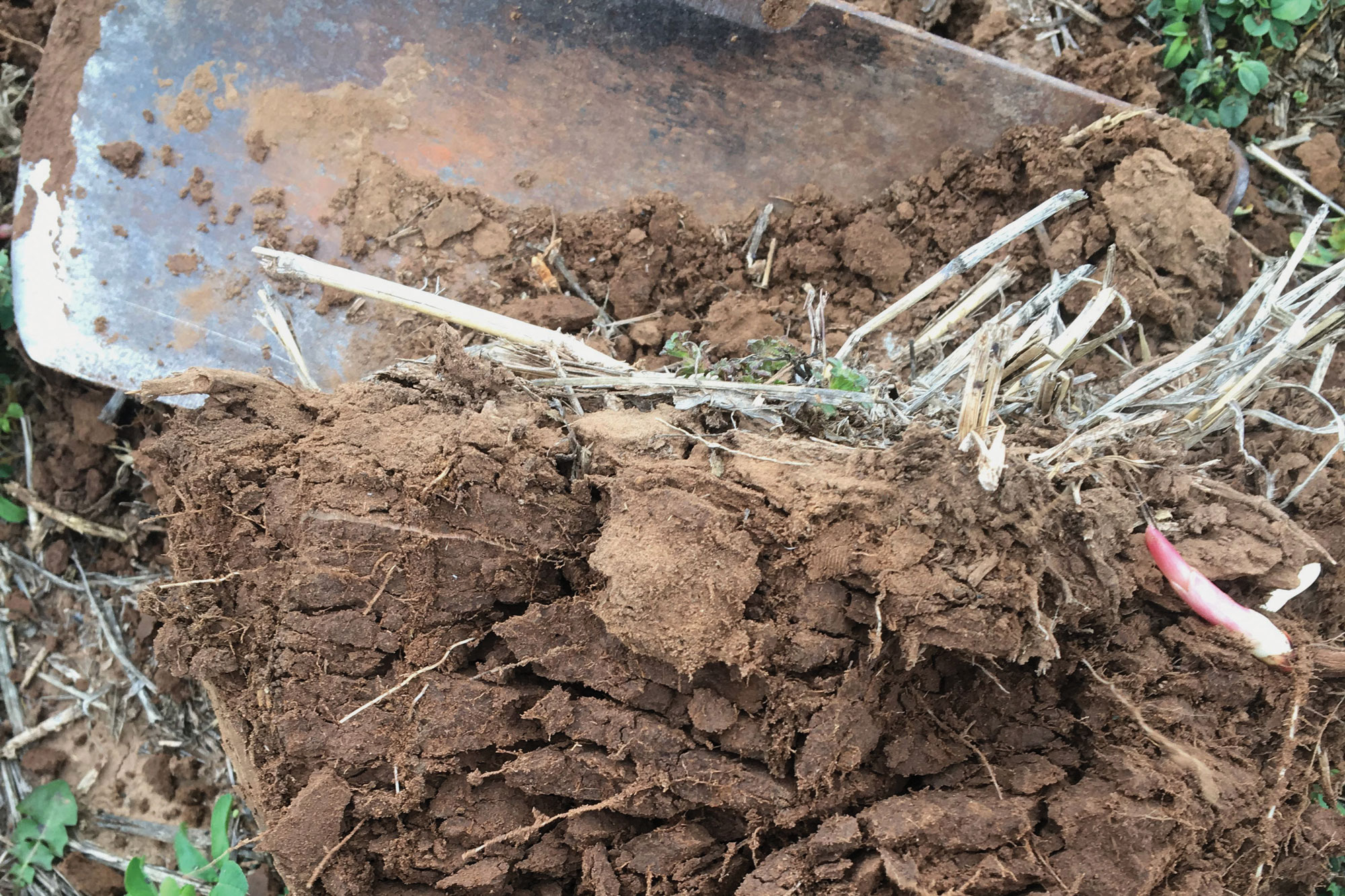
Soil Structure
Soil structure is the arrangement of soil particles in different sizes and shapes. Structure often determines the amount of pore space between particles. Pore space is the space between soil aggregates, which the USDA Natural Resources Conservation Service define as “groups of soil particles that bind to each other more strongly than to adjacent particles.” More pore space allows for greater water infiltration.
The ability of a soil to hold its particles together and form soil structure is referred to as “aggregate stability.” Soil aggregation can occur by physical processes, such as when positively charged cations bind with clay particles. Soil aggregation can also occur biologically by organic adhesives. The amount of organic matter in a soil is a primary driver of aggregate stability. Commonly, aggregate stability increases as the percentage of soil organic matter increases.
Soil texture, or the amount of sand, silt or clay content, also plays a large role. Generally, soils with higher clay content inherently have greater amounts of organic matter. It is more difficult for sandy soils to build soil structure largely due to lower organic matter concentrations.
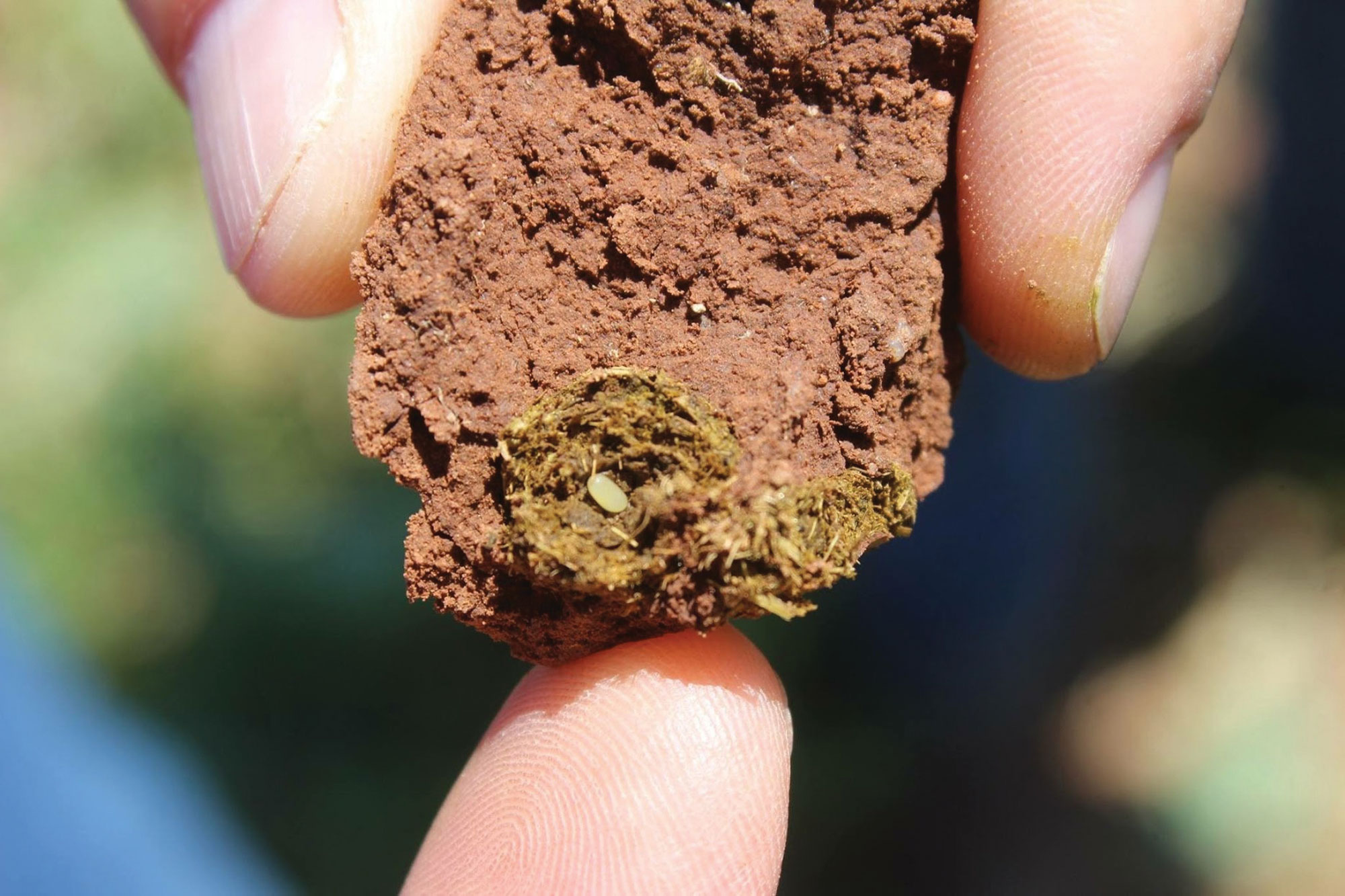
Biological Activity
Healthy soils are biologically active soils. The presence of biological activity can give you insight into the soil’s state of health. Essentially, we are referring to the presence of earthworms, earthworm castings, dung beetles, etc., or evidence of their activity.
Earthworms are not only major decomposers of organic material, they are underground engineers. Earthworms create burrows through the soil profile, which increases porosity, enables water to move down and creates channels for roots. Earthworm excrement, known as castings, help increase nutrient cycling because pound-for-pound they contain significant amounts of nitrogen, phosphorus and potassium.
Dung beetles are another indicator of biological activity. Dung beetles are found on every continent except Antarctica, and they provide tremendous ecological services. These beetles take dung from the soil surface, roll it into a ball, lay their eggs in it and bury it deep in the soil. This creates a food source for their young and brings nutrient-rich organic material into the soil profile, which increases nutrient cycling and availability.
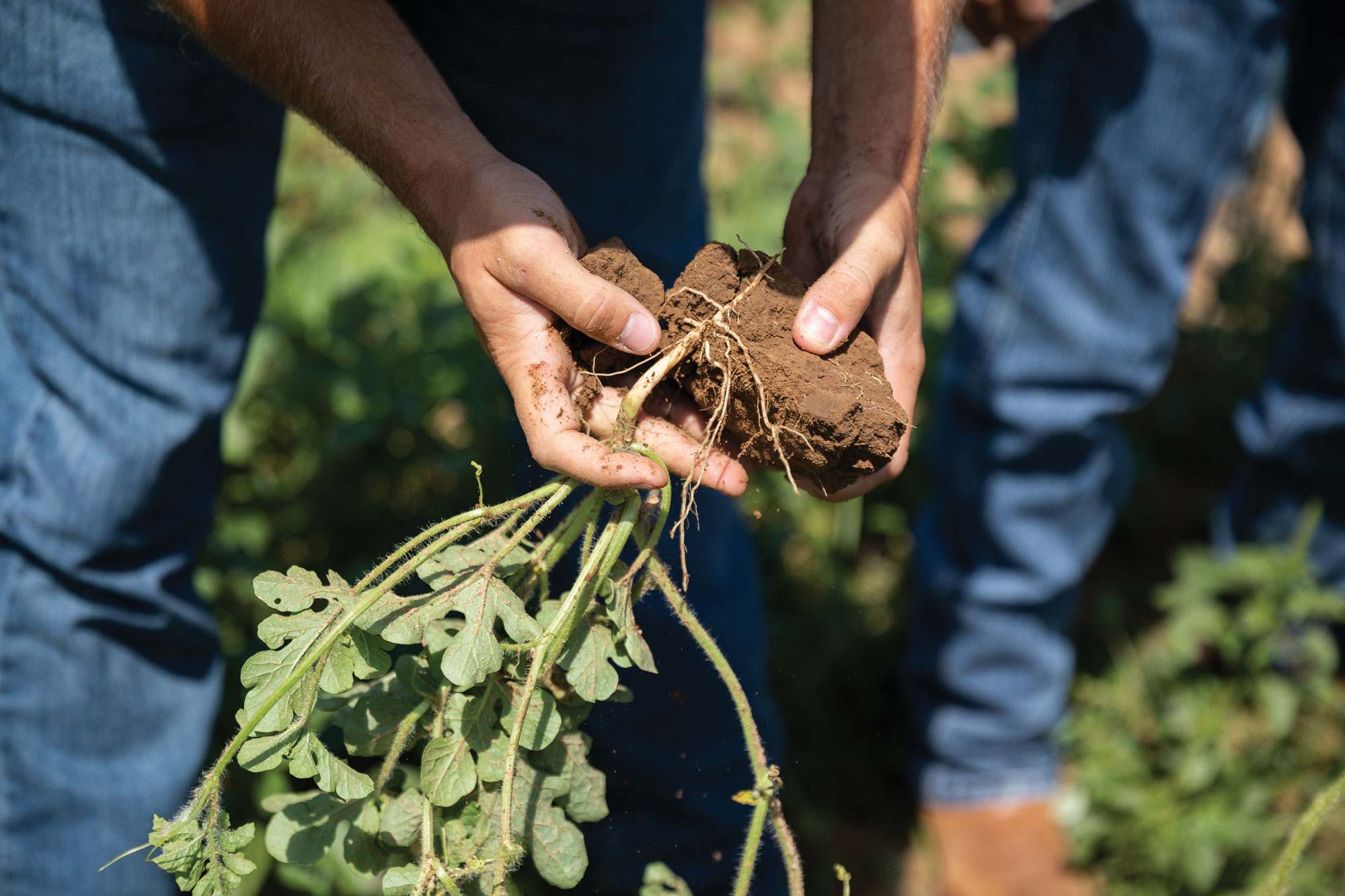
Rooting Resistance
When looking at a soil profile or even a shovel slice, we can often see evidence of layers of resistance. These resistance layers can be seen in the soil structure with the presence of platy structure or horizontal layers. A couple of common sources of this effect are the continuous compaction of a soil from the soil surface and previous tillage creating what is known as a plow pan. Both of these restrictive layers limit root penetration and water infiltration.
One common indicator of a resistance layer can be found in the plant roots themselves, specifically in taproot species. On these sites, taproot plants will show signs of “J” rooting, which means a plant root grows down to the resistance layer and turns 90 degrees because it cannot penetrate the resistance layer. In extreme cases, water infiltration is also halted at this layer, which limits the soil’s water holding capacity and ultimately exacerbates the effects of drought.
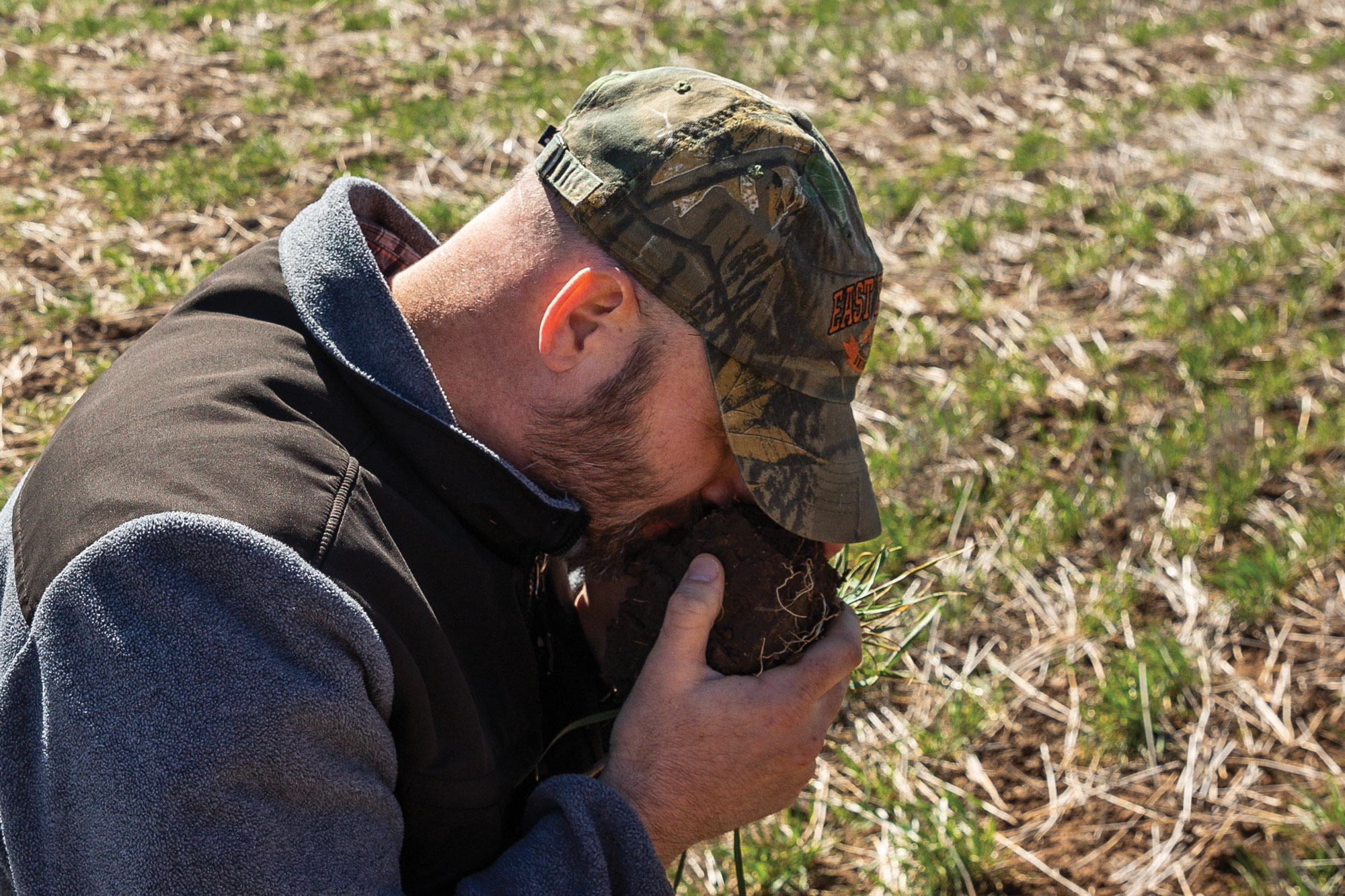
Soil Smell
The fifth indicator isn’t visual, but it depends on another one of our senses: smell. The earthy smell of a biologically healthy and active soil is the presence of an organic compound called geosmin.
In 1965, American scientists isolated the primary odor of soil to a single compound, which they called geosmin from the Greek, geo (earth) and osme (odor).
Geosmin is an organic product produced by active soil bacteria. Essentially, if your soils are cycling organic matter, they will have that fragrant earthy smell. Soils can have other smells, but they are not associated with soil health. Soils absent of oxygen can have a rotten egg or sulfur smell. This is often a sign of poor drainage.
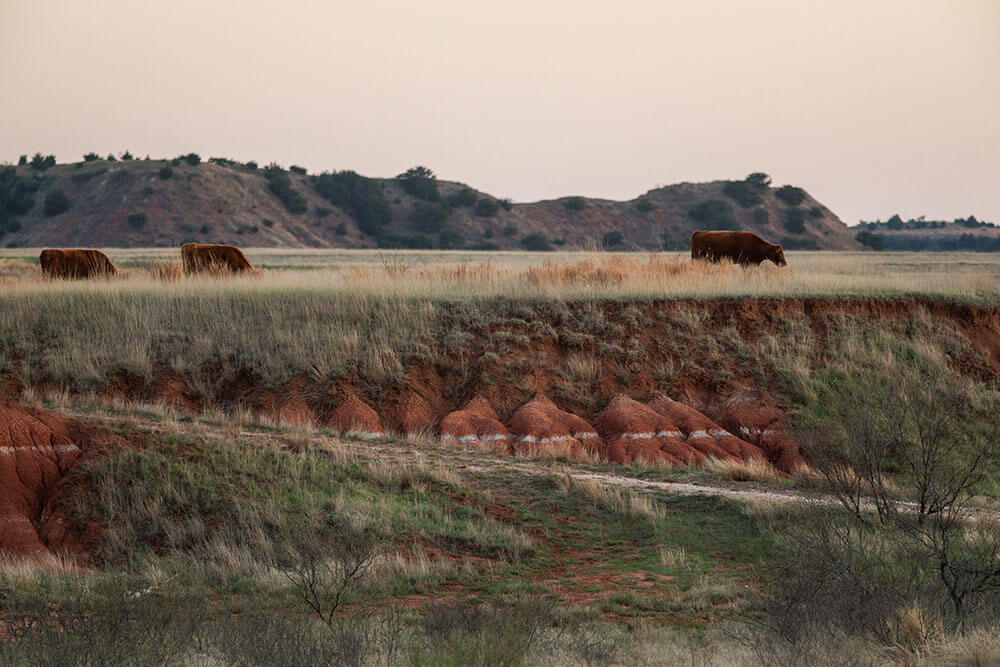
Soil Erosion
It doesn’t matter how healthy the soil is if it erodes away. Likewise, it is impossible to build healthy soil while it is eroding away.
Soil can be eroded by wind or water. While these are natural processes, our management can increase or decrease the speed and intensity.
We can observe erosion on a landscape scale to see obvious signs such as gullies. But, to better understand what is happening in our fields, we need to look at the soil surface in multiple locations across the ranch.
Signs of wind erosion can often be seen by looking for scouring with deposition behind plants and rocks. Signs of water erosion can be seen by looking for soil and litter movement which will look like little dams across the path water has traveled downhill. Signs of erosion can also be seen when there is pedestaling around and under plants and rocks.
Often, evidence of erosion that occurred in the past can still be seen. However, it will look different if it is stable and has new plants growing compared to active erosion.


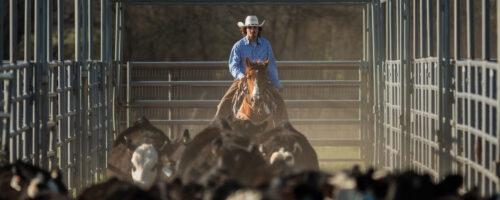
Comment